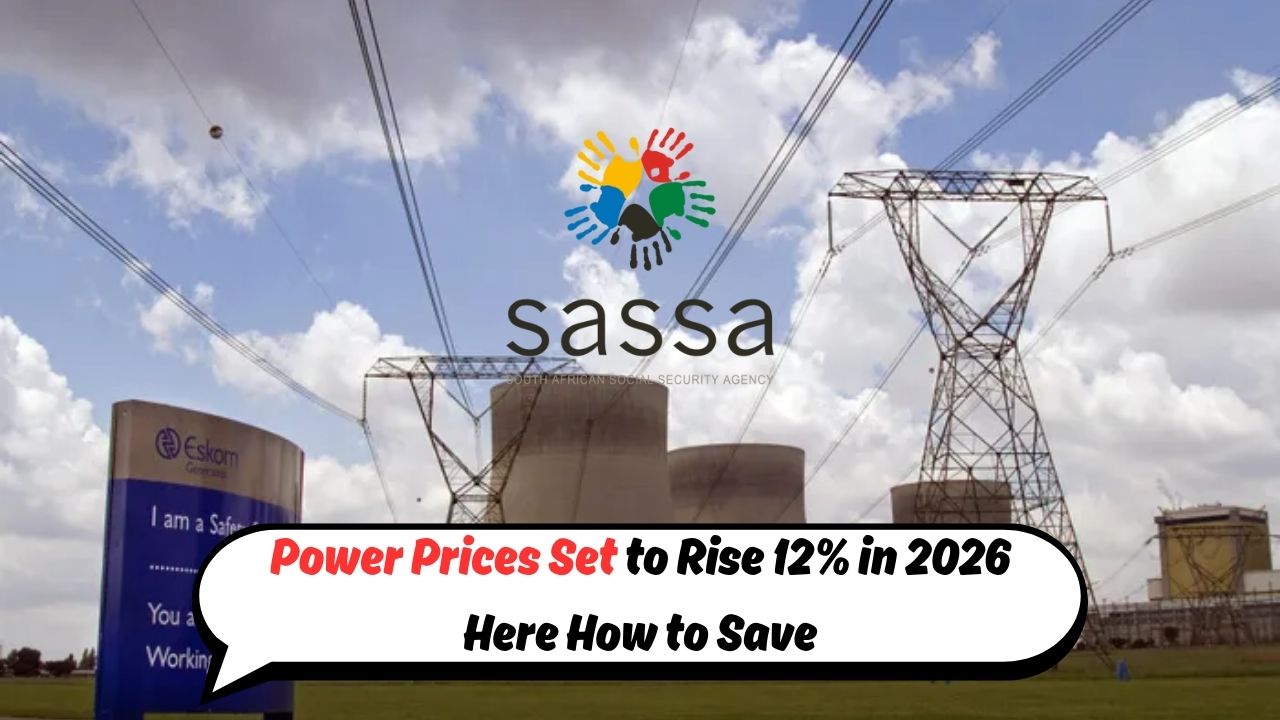Electricity Tariff – Electricity bills are set to bite harder in 2026, with many regulators signalling an additional tariff increase that could average around 12% across residential slabs. The drivers are familiar—rising fuel and power purchase costs, delayed pass-throughs from earlier years, and heavy capital spending on grid upgrades, smart meters, and renewable integration. For households already squeezed by inflation, that sort of jump can add thousands to annual outlays, especially for homes running air-conditioning, water heaters, or multiple refrigerators. The good news is you don’t have to wait for the next hike to fight back. With a few smart changes at home and a couple of strategic upgrades, you can offset, or even beat, a double-digit tariff rise before it arrives. Below, you’ll find a fast, practical plan: first, why a further hike is likely; then five proven ways to shrink consumption and shift usage; and finally, a set of quick wins versus bigger moves so you can pick what fits your budget and timeline.
Why another 12% hike is likely in 2026
Networks and utilities recover their costs through multi-year tariff cycles, so today’s investment decisions often show up on bills a year or two later. In 2026, three pressures converge. First, power-purchase agreements are indexed to fuel or inflation, and generators are passing through higher input costs. Second, transmission and distribution operators are finishing big capital programmes—substations, high-voltage lines, advanced metering, and grid-automation—which expand capacity and cut losses but lift the regulated asset base that earns a return. Third, resilience upgrades after extreme weather—undergrounding, fire hardening, and smarter protection—add to allowed revenues. Layer on rising system-integration costs for variable solar and wind, plus legacy arrears and cross-subsidy adjustments, and the outcome is a tariff recalibration. Not every region will move in lockstep, but the direction is clear: a mid-to-high single-digit increase for efficient utilities, and near-double-digit for networks still catching up—averaging out near 12% for many households. Consumers can’t control these structural drivers, but they can control how and when they use electricity.
Five proven ways to cut your bill before 2026
Start with the biggest, cheapest wins. 1) Switch to LED lighting everywhere; they use about 70–85% less energy than incandescents and last much longer. 2) Tame heating and cooling: set your AC at 24–26°C, use ceiling fans to feel cooler, clean filters monthly, and seal air leaks around doors and windows. 3) Water heating is a stealth guzzler—drop the thermostat to 50–55°C, insulate the tank and hot-water pipes, and fit low-flow showerheads. 4) Shift flexible loads to off-peak if you have a time-of-use tariff: run washing machines, dishwashers, and EV charging late at night; use built-in timers or smart plugs to automate. 5) Hunt phantom loads by putting TVs, set-top boxes, game consoles, and chargers on a master power strip you switch off when not in use. These five moves can deliver a 10–30% cut for most homes, often with near-zero upfront cost, and they compound with appliance upgrades and small behavioural tweaks.
Quick wins this month (15–30% potential)
Begin with a one-hour home tune-up. Walk room to room and list every device that warms, cools, or spins—those are priority loads. Raise the fridge to 3–4°C and freezer to −18°C, leave space around coils, and defrost if ice exceeds 6–8 mm. Wash clothes in cold water, run full loads, and clean dryer lint after each cycle; better yet, line-dry when possible. Set your AC to 25°C, close curtains during peak sun, and cross-ventilate at night. Replace the five most-used bulbs with LEDs today; swap the rest as they fail. Put routers, TVs, and media boxes on a switched strip and kill standby before bedtime. If you’re billed on slabs, keep monthly kWh below the next threshold by staggering high-draw appliances across days. Finally, download your utility’s app, track daily usage, and set alerts for unusual spikes. These tweaks add up quickly, often trimming 15–30% without any contractor visits, and they build the habits that make bigger investments pay back faster.
Bigger moves for 2026 (ROI-focused)
If you can invest, target upgrades with strong payback. An inverter or heat-pump AC typically uses 30–45% less than an older fixed-speed unit; choose the highest efficiency rating you can afford. Swap resistance water heaters for heat-pump models to halve hot-water costs, or add a smart timer to shift heating to off-peak. For kitchens, look for induction cooktops and efficient refrigerators; check the annual kWh label, not just the star rating. Consider rooftop solar where rules allow: even a modest 2–3 kW system can offset daytime loads, and pairing it with a timer-driven geyser or EV charger boosts self-consumption. Explore on-bill financing or green loans so savings help service the debt. Ask your utility about net metering, demand-response credits, and appliance rebates; stacking incentives shortens payback to three–six years in many markets. Finally, schedule an energy audit to find duct leaks and insulation gaps—fixes that are invisible but deliver 10–20% year after year.
